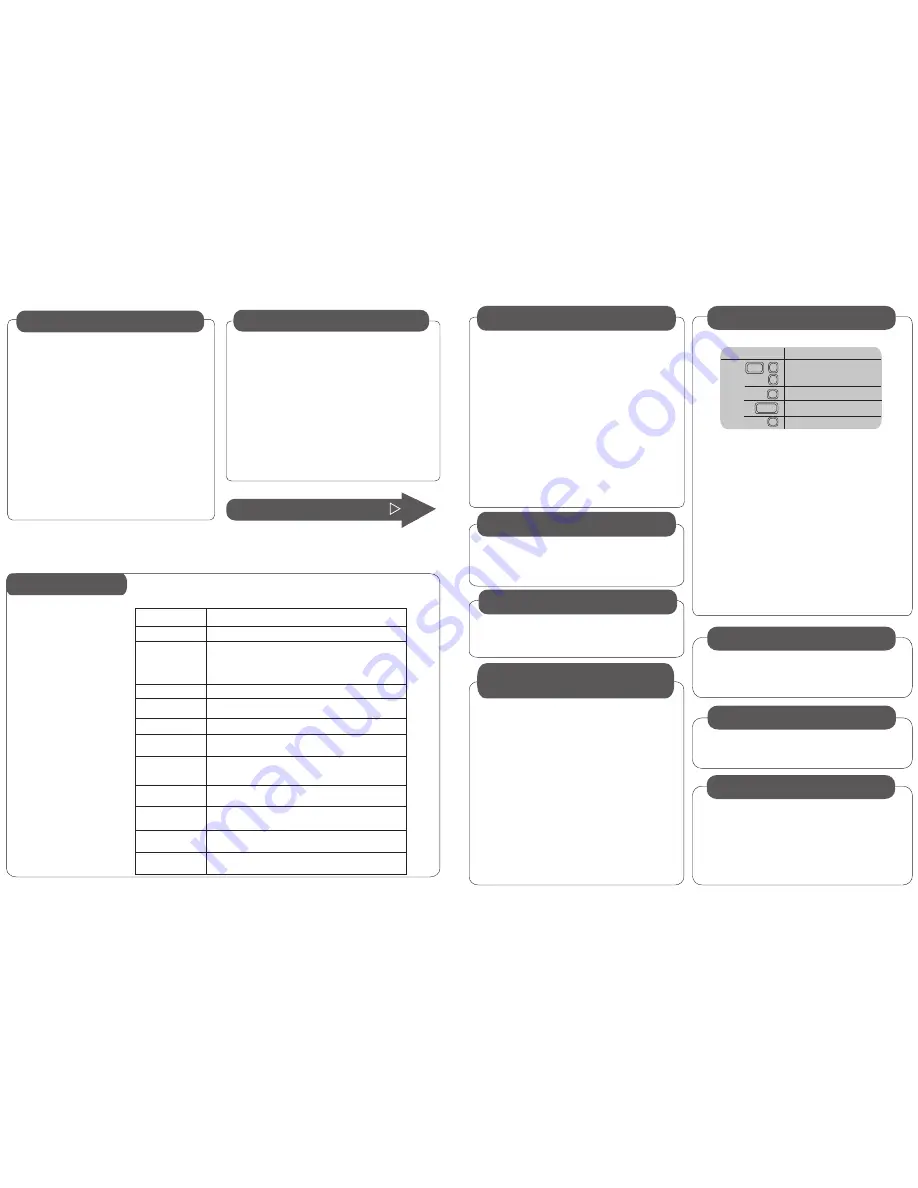
Overview
The IP Media Server shipment includes two
boxes. Unpack them and verify that you have
received the following items:
• Chassis
• Bezel
• AC Power Cord(s)
• Hardware Warranty
• Sliding rail kit and installation guide
• Documentation package
• End User License
• CD containing electronic
versions of the documentation
and release notes
1 - Check Package Contents
The IP Media Server comes with sliding rails and
a set of fixed rails for mounting in rack-mount
systems. The configuration of your racks may
dictate which rails you are able to use. Refer to
the installation instructions provided with the rails
for more information.
You must also install the rack-mount handles that
are included with the rails. The rack-mount
handles hold the front bezel in place. The front
bezel includes a lock and key set to prohibit
access to the front panel buttons while allowing
you to view the activity LEDs.
2 - Rack Mount the Server
Contact Information
Specifications
Continue to Step 3
Processor
Hard Disk
Ethernet
PCI Slots:
full-height
low-profile
Memory
Power
Weight
Dimensions
Temperature:
Operating
Non-operating
Humidity
Non-operating
Cooling Requirements
Dual Intel Xeon Processors @ 2.8 GHz
Two 1Gb Ethernet Ports (eth0, eth1)
1
1
2GB
Height 1.7", Width 16.93", Depth 26.46"
(43 mm x 430 mm x 672 mm)
+50°F to +95°F
–40°F to +158°F
Single 70GB
Single or dual 520W Power Supplies
AC Voltage: 100–127 / 200–240 V~; 6.5 / 3.2A
90% (non-condensing) @ +30°C
2322 BTU/hour (based on 520W maximum power,
78% power subsystem efficiency, and 98% power factory correction loss)
~28 / 35 lbs
EDP-10 (Optional)
DSP Card for G.726, G.729, and AMR-NB Codec Support
(LED Indicators: On, Active, Transmit Receive)
Network
Cables connect at the rear of the chassis. There are two 1Gb
Ethernet ports and a serial port connector. The standard
Ethernet ports are labeled eth0 and eth1. Refer to the
Dialogic® IP Media Server - Rear View drawing for the
location of each connector.
Power
Note that one model of the IP Media Server has two power
supplies, whereas the other model has a single power
supply. If you have a single power supply system, plug the
power cord into the
F- Front Power Supply
connector.
Serial Port
The serial port (RJ45 connector) is located to the left of the
Ethernet ports. You can connect the serial port to a terminal
server for alternative access to the system. The default setup
for the serial connection is Rate: 9600 baud, Bits: 8, Parity:
None, Stop Bits: 1, Flow Control: None.
After connecting all cables, power on the system by pressing
the Power button on the front panel. Wait until the system is
fully running, as indicated by the Front Panel LEDs, before
configuring a management interface (described in step 6).
The system is configured to run DHCP on the Ethernet
interfaces (eth0, eth1). If you use DHCP to set the IP
address of an interface and you know the IP address, then
you can use the Web User Interface (Web UI) immediately.
If you do not know the IP address configured on the system
or to set an IP address for the first time, access the system
with a monitor and keyboard or over the serial port. Connect
to the serial port using any standard terminal interface.
When a connection to the IP Media Server is established,
the login prompt appears. The IP Media Server is delivered
with a single administrator access level user defined in the
system. The login prompt appears as follows:
{hostname} login:
Use “admin” as the user name to log into the serial port or
through the console using the Web User Interface (Web UI).
Select the
Interface Configuration
command.
Specify an IP address for each interface, including eth0 and
eth1.
To change the IP address of an interface:
• Select the interface to be configured.
• Tab to the IP address field.
• Enter an IP address.
• Enter a network mask.
• Make a note of the IP address and apply the change.
The next screen displayed is the original screen you saw when
you logged in. Tab to the REBOOT option and press ENTER.
The IP Media Server reboots and the interface comes up with
the specified addresses. All further configuration is done
through the Web User Interface. The Web User Interface
arrives configured to use HTTP. If HTTPS is preferred, you can
install a security certificate and key on the system using the
Web User Interface.
The IP Media Server must have its license activated in order to
become fully functional. Refer to the
License Activation Guide
for information about activating your Dialogic® IP Media Server
license.
Refer to the Dialogic®
IP Media Server Installation and Opera-
tions Guide
for information about configuring and administering
the IP Media Server.
6 - continued
This equipment contains no user serviceable parts and is not
intended for repair by unauthorized personnel.
If you experience problems with the IP Media Server chassis
and need repair or warranty information, please contact
Dialogic to acquire an RMA number. You may need to send the
IP Media Server to Dialogic for servicing under the RMA
number.
Use the keyboard to navigate through the interface.
H
Description
Navigate through the fields
in the display.
Select an option.
To apply, cancel or reboot.
To access help.
Navigation Key
Enter
7 - Activate License
8 - Configure and Administer
Troubleshooting
6 - Configure a
Management Interface
4 - Apply Power
3 - Connect System Cables
5 - Attach Front Bezel
After pressing the Power button to turn on the IP Media
Server, you should snap the front bezel into place and use
the enclosed keys to lock it. This prevents unauthorized
access to the front panel buttons.
Rack Mounting
Requirements
See the
Server Rack Cabinet Compatibility Guide
on the
Documentation CD.
5 - Attach Front Bezel
(+10°C to +35°C)
(–40°C to +70°C)


